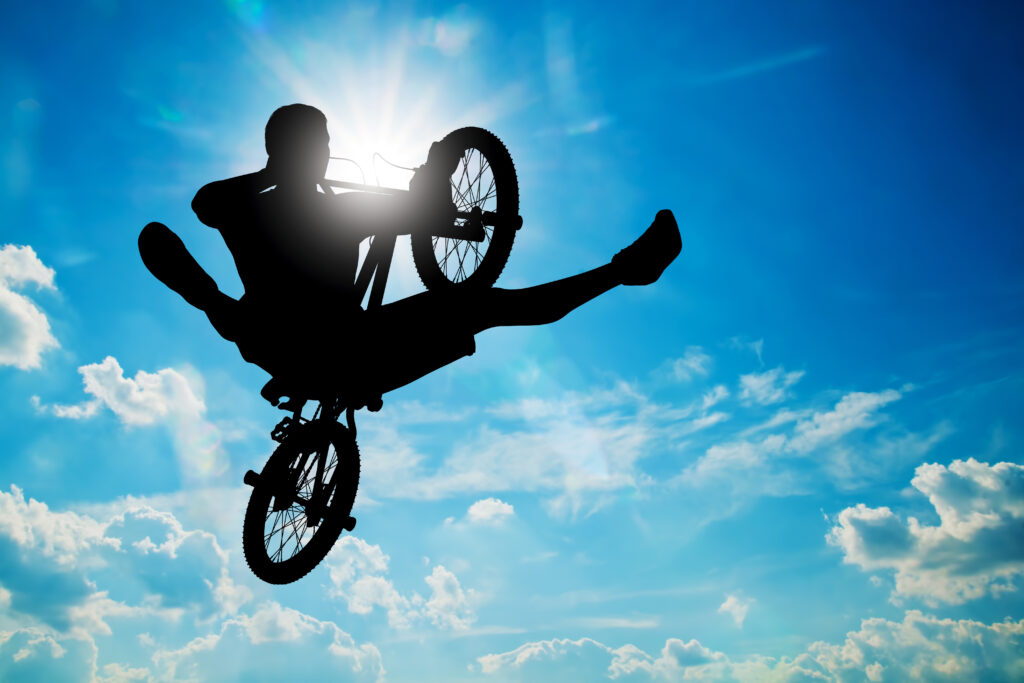Life as an emergency medicine physician is unpredictable. Every shift brings new challenges, unexpected crises, and split-second decisions that can mean the difference between life and death. Over the years, I’ve learned that staying calm and focused under pressure isn’t just a skill you develop in the hospital—it’s something that grows from all parts of your life. One of the most surprising sources of mental clarity and resilience for me has been my passion for motocross and amateur sport biking.
Motocross is an extreme sport that demands total focus. You race on rough terrain at high speeds, constantly reacting to obstacles, jumps, and sudden changes. There’s no time to hesitate or second-guess yourself. Every movement must be deliberate and precise. The parallels between the track and the emergency room are striking, and the lessons I’ve learned on my bike have profoundly influenced how I approach my work as a doctor.
The Discipline of Focus in High-Stakes Environments
When you’re hurtling down a motocross track, focus isn’t optional. Your mind has to be completely present, absorbing details in real time and anticipating what comes next. You can’t afford distractions, because a split-second lapse could result in a crash. Over time, riding has taught me how to train my brain to stay sharp in chaotic environments.
That discipline translates directly to the ER. Emergency medicine often feels like organized chaos—patients arriving unpredictably, multiple medical emergencies unfolding simultaneously, and critical decisions piling up. In these moments, the ability to narrow your focus to what matters most without losing awareness of the bigger picture is invaluable.
Motocross helped me develop a mental muscle that’s essential in medicine: the ability to operate calmly under pressure. Whether I’m stabilizing a trauma patient or interpreting rapidly changing vital signs, I rely on that same intense focus I practice on the track. It’s about being completely in the moment, trusting your training, and not letting fear or stress cloud your judgment.
Embracing Risk with Calculated Confidence
Both motocross and emergency medicine involve risk. On the track, every jump or sharp turn carries the possibility of injury. In the hospital, every decision can have profound consequences. What I’ve learned from motocross is that risk isn’t something to avoid—it’s something to respect and manage.
Riding aggressively doesn’t mean being reckless. It means understanding your limits, preparing thoroughly, and making smart choices in the heat of the moment. This mindset is directly applicable to medicine. When I’m faced with difficult cases, I weigh the risks and benefits of interventions quickly but carefully. I’ve found that embracing uncertainty with respect rather than fear leads to better outcomes for my patients and keeps me safer on the bike.
Mental Clarity Through Physical Challenge
Motocross isn’t just a mental sport—it’s physically demanding. The strength, endurance, and coordination required to control a bike over rugged terrain sharpen the body and mind simultaneously. For me, the physical exertion of riding helps clear mental clutter and recharge my focus.
This connection between body and mind is something I encourage in my colleagues and patients alike. In emergency medicine, long shifts and emotional stress can wear you down quickly. I’ve found that maintaining a fitness routine, including riding and weightlifting, helps me stay resilient. It’s not just about physical health—it’s about building mental clarity and emotional balance so I can perform at my best when it matters most.
The Role of Failure and Adaptability
One of the most valuable lessons motocross has taught me is how to handle failure and adapt quickly. Crashes happen. Mistakes happen. How you respond to them defines your progress. After a fall, you get back on the bike, analyze what went wrong, and adjust your technique.
This lesson is essential in emergency medicine, where no case goes perfectly. Sometimes treatments don’t work as expected. Sometimes outcomes are not what we hope for. I’ve learned to approach setbacks with curiosity rather than judgment. What can I learn from this experience? How can I improve next time? This mindset keeps me humble and motivated, both as a doctor and as a rider.
Finding Flow Amidst the Chaos
There’s a unique state motocross riders talk about called “flow”—a feeling where everything clicks, and you’re completely immersed in the activity without distraction or self-doubt. Achieving flow requires practice, presence, and trust in your abilities.
I strive to find flow during intense moments in the ER as well. When you’re in the zone, everything slows down just enough for you to make the right decisions quickly and confidently. It’s an almost meditative state, despite the noise and urgency around you.
Riding has taught me how to cultivate that mental state more intentionally. It’s not something you stumble into—it’s something you prepare for by training your mind and body, staying calm, and trusting your skills.
Why Motocross Matters Beyond the Track
At first glance, motocross and emergency medicine seem worlds apart. One is a high-adrenaline sport; the other is a life-saving profession. But for me, the lessons from one deeply inform the other. Motocross has shaped how I think about focus, risk, resilience, and flow in ways that have made me a better physician and a more balanced person.
In a field where lives depend on clarity and composure, having an outlet that sharpens those same qualities is a gift. Motocross pushes me to be present, disciplined, and adaptable—not just on the track, but in every moment of my life. It reminds me that while pressure is inevitable, mental clarity under pressure is something we can all cultivate, both in medicine and beyond.
